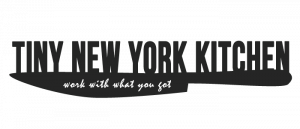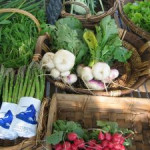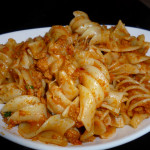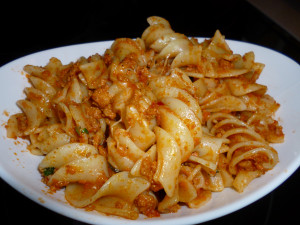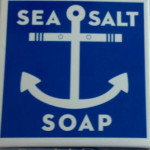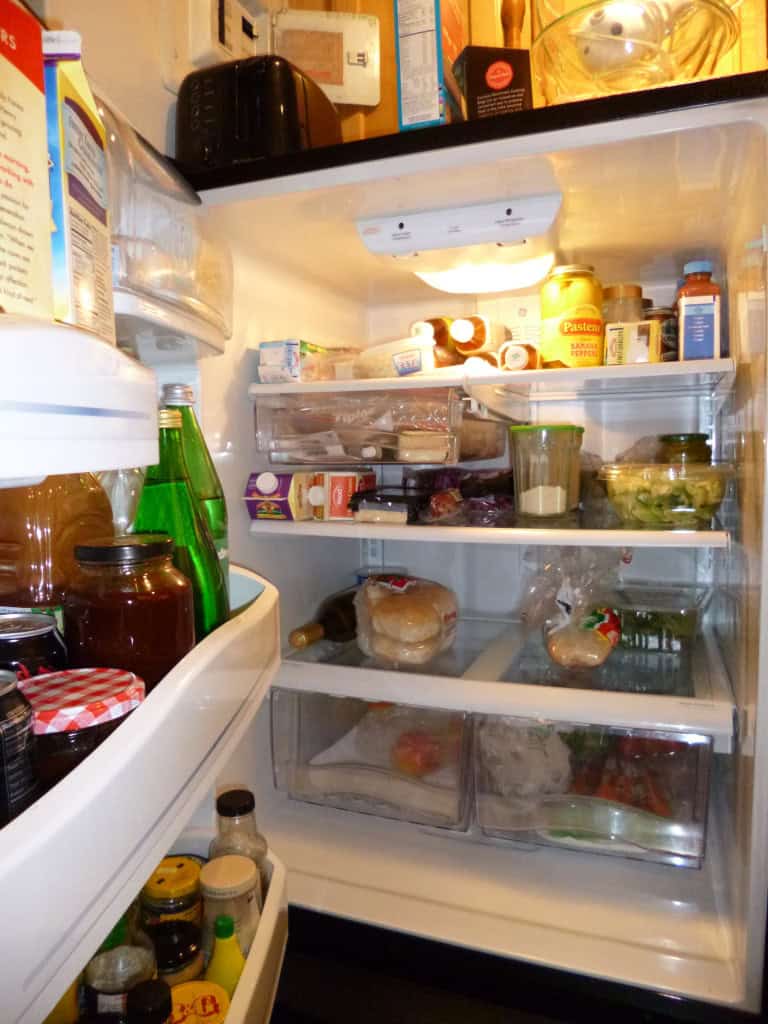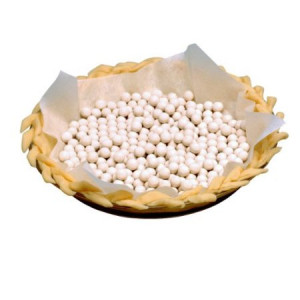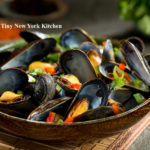
“Food, one assumes, provides nourishment; but Americans eat it fully aware that small amounts of poison have been added to improve its appearance and delay its putrefaction.” – John Cage
There has been quite a bit of controversy these days about eating organic. Recent studies state that it really doesn’t matter if you eat organic foods or not. When something is labeled organic, it usually means that a farm has not used pesticides and has taken considerable care to avoid any cross-contamination. Producing organic food undoubtedly costs more money which is passed on to the consumer. Buying organic tends to be quite a bit more expensive than buying non-organic.
Honestly, I don’t care what the studies are saying about eating organic versus eating non-organic. I would rather not put pesticides into my body as well as wanting to support farmers and food companies that are not using pesticides. I love going to farmers’ markets during the spring, summer and fall and when I am shopping in the grocery store I am willing to pay a bit more for organic food.
If you have decided not to buy organic here is a list of foods that have found to be the most and least contaminated.
Most Contaminated
Apples
Bell Peppers
Celery
Cherries
Grapes
Lettuce
Nectarines
Peaches
Pears
Potatoes
Spinach
Strawberries
Least Contaminated
Asparagus
Avocados
Bananas
Broccoli
Cabbage
Corn
Kiwis
Mangos
Onions
Papayas
Peas
Pineapples
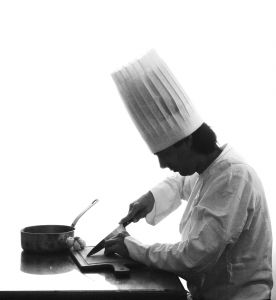 Does Culinary School Help Someone Become A Chef?
Does Culinary School Help Someone Become A Chef?
Does culinary school help someone become a chef? This question seems to be the hot topic du jour. I have mixed views on this issue as I think that an educated population is very important, but from what I can tell going to culinary school often times doesn’t seem to make much of a difference on getting hired. I can’t tell you how many culinary school graduates that I meet who are working at the gym front desk, but left to pay off steep school loans.
Many working chefs agree that culinary schools churn out uncreative and lazy cooks. When hiring, even in the most prestigious restaurants, it has been said that having a culinary degree makes no difference at all. Working chefs just don’t seem to care about academic training when deciding to hire someone or an employee’s ultimate success. Someone who wants to become a chef can get a job washing dishes and work their way up into prep all the while gathering basic skills to work on the line, master each station and eventually become a head chef. That said, today’s students learning the basics and how to clean a fish which is nothing to sneeze at.
Most culinary schools charge tuitions that are between $20,000 to $30,000 per year. Le Cordon Bleu and The Art Institutes are for profit schools that are owned by Fortune 1000 companies. Le Cordon Bleu U.S. franchise is licensed by Career Education Corporation. The Art Institutes are owned by Education Management Corporation which 41 percent of is owned by Goldman Sachs. CIA (Culinary Institute of America) and Johnson & Wales are both not-for profit institutions. Graduation rates tend to be higher at not-for-profit culinary schools. CIA has a requirement of working in the restaurant business for 6 months as an admission requirement. This requirement is designed to weed out non-serious students. There seems to be a big complaint, however that these schools don’t really foster creativity, radical culinary ideas or experimentation.
I would never tell someone not to go to culinary school, but I think it is worth considering if one wants to end up with a mountain of debt while working for low wages. The average salaries for food workers are: Head Chef $44,780; First-Line Supervisors $31,770; Cooks $23,260; Dishwashers $18,680; Fast Food Workers $18,540. Total tuition to graduation: Le Cordon Bleu $39,900; International Culinary Center (ICC) $41,625; Kendall College $43,092; Art Institute (AI) $44,561; Johnson & Wales $47,910; Culinary Art Institute (CIA) $49,980; New England Culinary Institute (NECI) $51,140.
 Pre-Baked Pie Crust: Five Steps For A Perfect Pie Crust
Pre-Baked Pie Crust: Five Steps For A Perfect Pie Crust
A pre-baked pie crust (sometimes called a blind baked pastry case) is one that has been partially baked without a filling so it can still cook and crisp thoroughly if the filling needs a shorter time to bake than the pastry. Pre-baking a pie crust also stops the pastry from getting soggy by a moist filling.
- Prick the base of the pie crust all over with a fork to stop the pastry from bubbling up and getting out of shape.
- Chill the pie crust in the refrigerator for at least 15 minutes before baking. This will stop it from shrinking during baking. Preheat your oven to 350º F.
- Place a large piece of parchment paper inside the pie crust, then fill with baking beans or uncooked rice. Ceramic beans or pie weights are available from most cooking stores or Amazon. Make sure that the paper is touching the pastry, eve at the edges.
- Bake for 10 to 15 minutes for a large pie crust or 8 to 10 minutes for a small one until the pastry is cooked and opaque.
- Carefully remove the parchment paper and the beans/rice/weights and then return the empty pie crust back in the oven for 10 minutes for a large pie crust or 4 to 5 minutes for a small one. When it is ready the base will be a sandy color, dry and crisp. The top edges of the pie crust should be golden. Leave in the pie tin or pie plate and continue with your chosen recipe.
